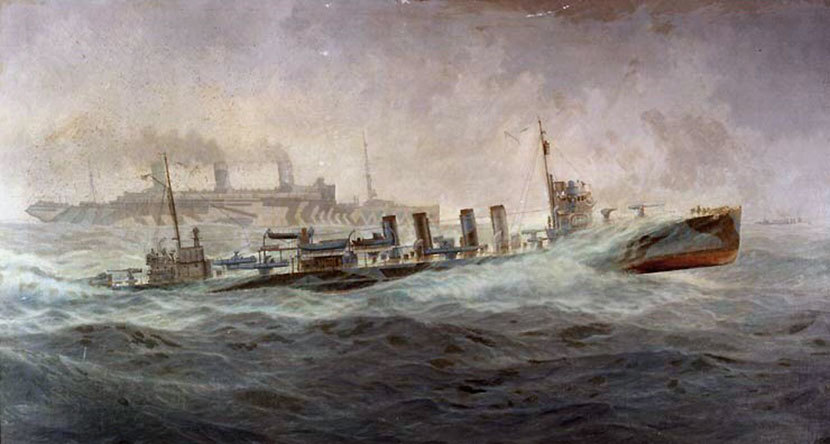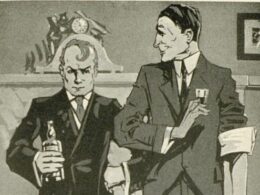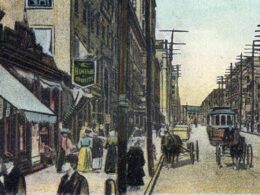Henry A. May (1874–1960)
From World War I and America: Told by the Americans Who Lived It

Many commentators have pointed to the resemblances of the current pandemic to—and the differences from—the influenza pandemic of 1918–19. One major difference, of course, was the ongoing war in Europe; the entry of the U.S. in the war exacerbated the problem by transporting tens of thousands of sick and infected Americans troops across the Atlantic to Europe.
The worst outbreak of influenza on any transport during the war was the voyage of the USS Leviathan, a confiscated German ocean liner that left Hoboken, NJ, with 9,000 troops, plus 200 women serving as Red Cross nurses, at the end of September 1918. Many men were already ill before the ship even left dock, with troops collapsing during training exercises on land, but all but 100 of the most sickened soldiers boarded anyway. “The ship was packed, conditions were such that the influenza bacillus could breed and multiply with extraordinary swiftness,” wrote one soldier from Vermont. “The U-boat menace made it necessary to keep every port hold closed at night, and the air below decks, where the men slept was hot and heavy.” The problems that manifested themselves during the voyage will strike many readers as a microcosm of our current situation: cramped spaces that served as incubators, an overwhelmed medical staff, a shortage of hospital beds and equipment.
Most Americans did not learn of the extent of the problem until the following year, when eyewitness accounts began appearing in newspapers and books. One widely cited report was written by Henry A. May, a senior medical officer on the ship; it was reprinted in the LOA collection World War I and America and we present it as our Story of the Week selection.
The report ends with the ship’s arrival in Europe and doesn’t note the aftermath: between 100 and 150 more troops died in Paris during the following days, and the rest reported for duty, spreading the disease across the entire continent.



